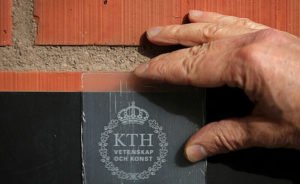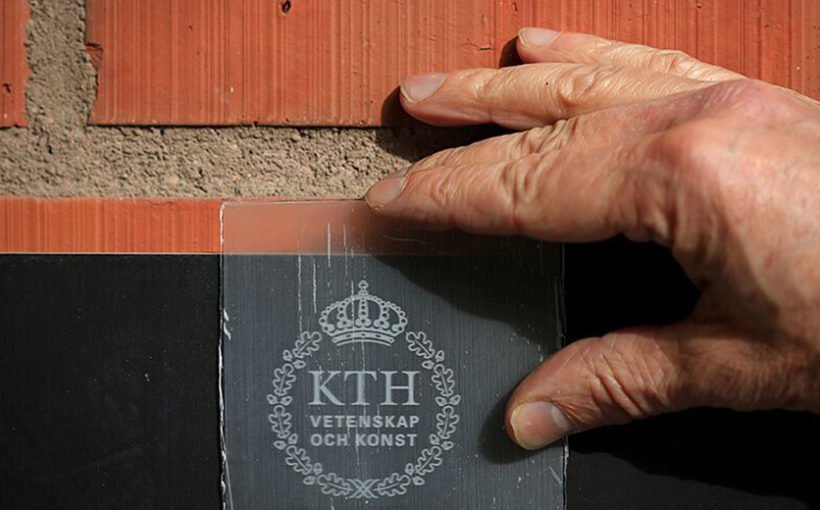In 2018, the FAO estimated that the sales of wood-related products had increased by 11% compared to the previous year. Wood remains one of the great classics of construction. But the energy required for its production calls for new standards of sustainability. In 2018, according to the FAO, more than 27 million tons of timber from construction were recycled. Experts estimate that by 2050, the use of more sustainable wood could reduce CO2 emissions from buildings and urban infrastructure by 44%.
A good example of innovation in the wood sector has just been presented by Swedish researchers at the KTH Royal Institute of Technology. They developed a fairly original product called “transparent wood”. To create this new material, they removed lignin from the wood, which is the component of the wood that most captures light. By adding acrylic components, they made it a translucent material, stable enough for use in construction, where it could even replace plastic or glass in low-emission buildings.
A future must-have material?

The “transparent wood” developed by the Swedes of the KTH Royal Institute of Technology. ©KTH
But this “transparent wood”, which lets through some of the natural light, has not finished surprising us yet. Thanks to the addition of another component, polyethylene glycol, they have endowed this new material with a crucial property: its capacity to absorb heat when exposed to the sun. And, when temperatures fall, it releases this accumulated energy. As you can see, this new material offers many advantages.
However, the scientific community does not speak with a single voice about this innovation. Some question the durability of this new material, because this transparent wood is not biodegradable, given the chemical components that make it up. A “flaw” of which the KTH Royal Institute of Technology is well aware: they are currently studying a more natural alternative, and therefore potentially biodegradable.
Tags: FAO, KTH, sustainability, Sweden, transparent wood






































